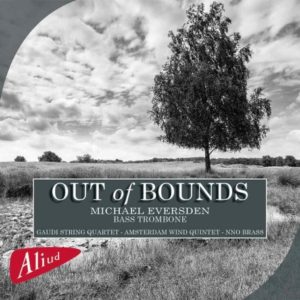Description
Halfway through the 19th century instrument-builder Adolphe Sax surprised the music world with the invention of the saxophone. The instrument was an immediate success. In the years that followed many composers (e.g. Berlioz, Bizet) saw the endless possibilities of this instrument and employed it in orchestral works and chamber music. In no time the saxophone became very popular, becoming immortal through its frequent use in the rise of Jazz in the 1920s. Schumann was a very active proponent for the development of the instrument, as was Adolphe Sax who was responsible for the last alterations to the French Horn. Sadly Schumann never recognised the qualities of the saxophone and did not provide any works specifically for this equally new instrument. In contrast to this is the Russian composer Alexander Gazounov, who in the autumn of his life (1928), left his homeland to live in Paris. Here he came in contact with the performances of saxophone pioneers Marcel Mule and Sigurd Raschèr for whom he wrote his Quatuor and Concerto Opus 109. Chant du Ménestrel was actually written many years earlier, in 1912, originally for cello and piano and dedicated? To his good friend the master cellist, Alexander Wierzbilowicz. Although the saxophone was not accepted in Russia as a fully fledged instrument (“bourgeois”) Chat du Ménestrel is still the most obvious prologue for an ode to this instrument: Chant du Saxophone Ténor.





